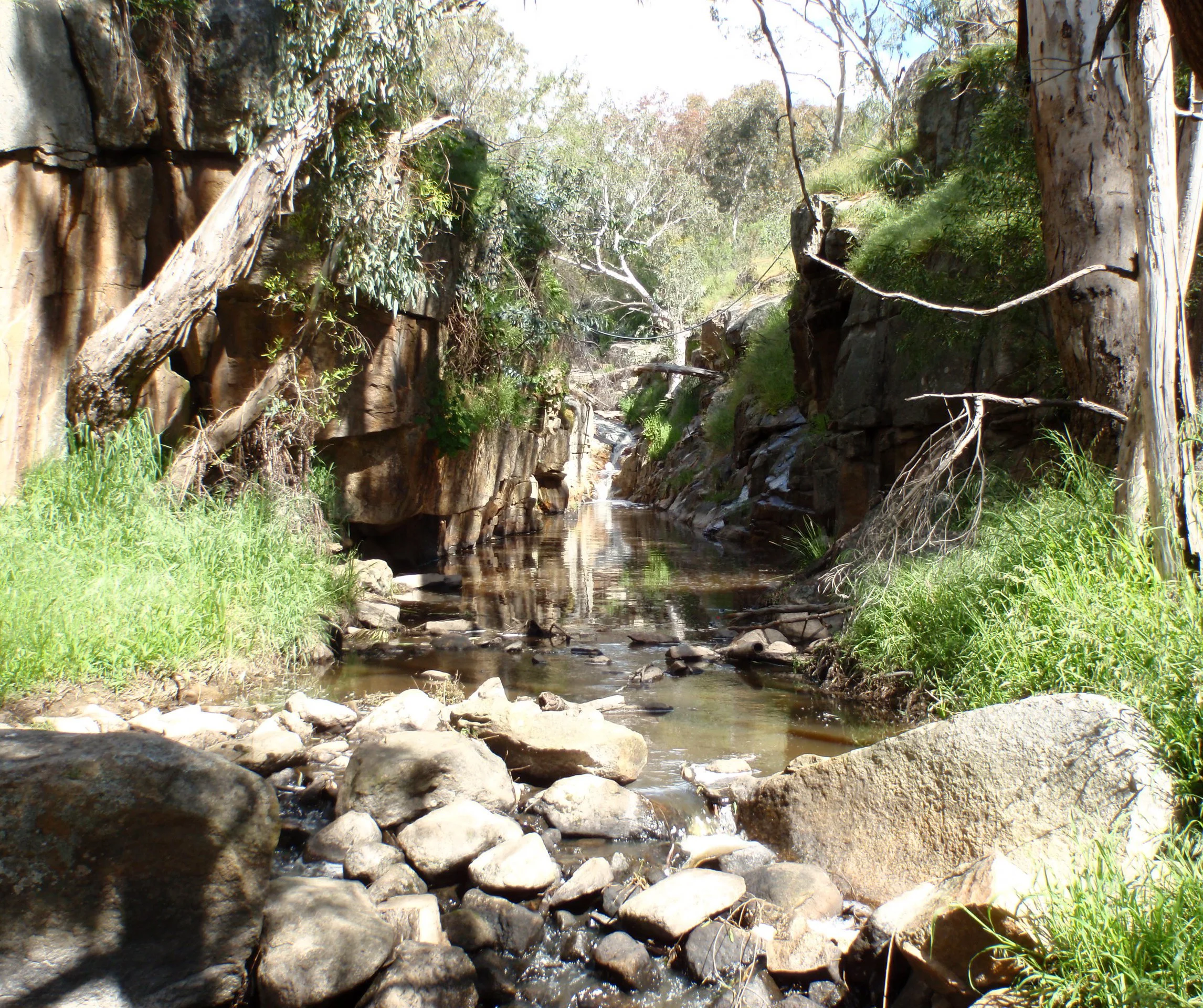Blog 2
8 Moons to Midnight Blog 2
This is a different sort of book. It is not a review in the manner of reports and opinions of historians who one way or another have attempted to analyse and create historical substance from the self-aggrandising and guilt deflecting stories of Australia’s earliest white settlers. To begin, this book is an archaeological field study of the vestigial but persisting evidence of the existence and evolution of just one aboriginal clan in one small area in central Victoria. To my dawning astonishment, my search began to reveal glimpses of accomplishments by this clan reaching for uncounted generations into the unmeasurable past, before the invasion by white men into their country began in 1835. The second part became an historical review of that clan’s rapid eclipse at the hands of white squatters during the few years between 1835 until 1840. I have mostly avoided discussions derived from the opinions of the participants, but have sought to be enabled by reference to the first-person, daily, diary records of these protectors, white explorers, and where possible, the squatters themselves on their journeys into Victoria, the latter group in search of land to steal.
The observations and the conclusions I reached were made possible by my abiding presence in the country. Much of what was becoming clear to me was filtered through my growing understanding of the landscape and it’s secrets. It seemed to me, in a way not dissimilar to those of the first people. Inevitably unravelling the purpose of artefacts, envisaging and describing their use became simpler and much more meaningful when written in the first person as a member of the clan. To be familiar with the clans historical past and their final escape to safety, sheltered by a squatter, I chose a girl whom I believe was final clan leader Yabbee’s younger sister. Her name was Tigo Munning.
Tigo Munning’s Tale Part I.
The Providence
I.I A fateful encounter
In the evening our dreaming appears above us. The clouds of cosmic dust are the smoke and the twinkling stars are the fires of the old people who have gone before. When my time comes there might be a place beside a fire for me (David’s friend the late Hartley Briggs’ comments re his and his people’s cultural aspirations for eternity). At least that was what the old ones told me. But still, after many generations, my spirit lingers here with the rest of my people. That was our choice and no burden for we were most privileged. Our land was bountiful and beautiful, and of course, like its plants and creatures we belonged here and we were content. Our toil and industry, guided by the inspiration of our heroes, softened our footprints on the land. It protected us too, from the perils of storm and famine, and sheltered us from the depredations of envious enemies. My father called me Tigo Munning. That was my grandmother’s name too. When she came to our clan, my great-grandfather Manmoornong gave her another name. He called her Mirnau, daughter of the moon. Manmoornong had discovered the moon was the wife of the sun. With the help of Waa, the all-knowing crow, the most powerful of our guiding spirits, the sun told Manmoornong all his secrets and made him the most famous leader of all the Kulin people. When I was still a little girl, white man came to steal our neighbour’s country. My grandfather, Karek, who was Manmoornong’s first born son, began to fear for his people so he sent my older brother, Yabbee, with the squatter William Hamilton, to help him find good country and become his friend. Grandfather hoped if Yabbee could be William Hamilton’s friend, our clan might find shelter there when white men came with guns to take our country away. Yabbee learned to speak the white man’s tongue. William Hamilton told Yabbee he had helped him greatly and should call himself Billy Hamilton so other white men would know he was William Hamilton’s friend and would treat him with respect……
And then:
I.II A Sanctuary from the Pinegurrine
Small as it was, just before Pranjip flowed onto the plain, it had cut a majestic gorge through the last ridge of granite that had blocked its path. While the creek always dried up in summer on the plain, long before it reached the Great River, even in the driest of years it continued to flow into a pool in the gorge. My forefathers knew they could always depend upon this supply of water. That was the most important reason they chose this place as their sanctuary from the Pinegurrine.

